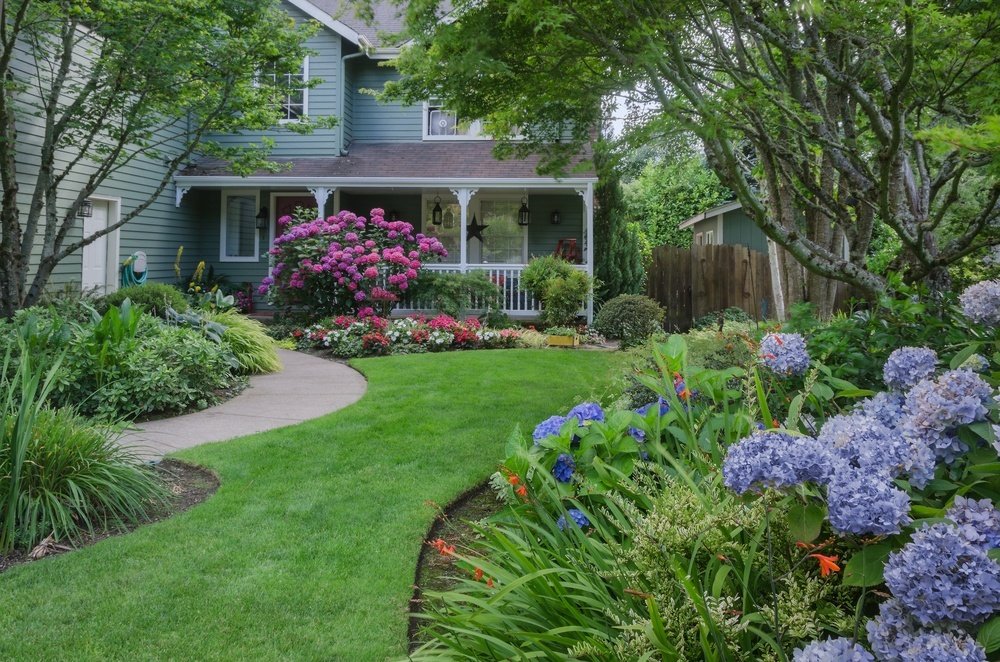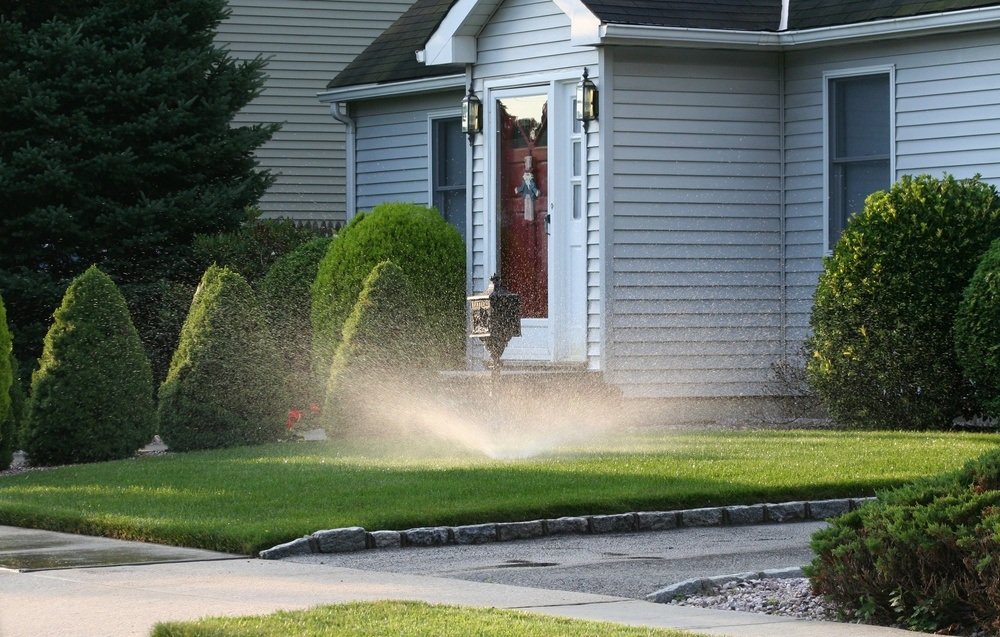How to Landscape a Beautiful and Eco-Friendly Front Yard

When spring arrives and the weather starts to warm up, you’ll want to spend some time outside—and you won’t be the only one. Plenty of your friends and neighbours will be stepping out of their homes and into the world to enjoy the sunshine, so you may want to spend at least some time outside your home to ensure your front yard makes a great impression on anyone who walks past it.
Some people worry that landscaping can be bad for the environment, but not to worry—it’s easy to create a yard that is as sustainable as it is gorgeous with our helpful guide to eco-friendly front yard work. Have a look at the following tips and use them to ensure that your yard will be energy-efficient as well as aesthetically attractive.
Three Easy Strategies for Energy Efficient Landscaping in Your Front Yard
Reduce your utility costs with creative tree placement
Did you know that you can reduce the costs of the energy you use inside your home by making smart landscaping choices? The more shade you have on your lawn, the lower the air temperature around your home will be. As a result, your air conditioner will not have to work as hard to lower the temperature of outdoor air before circulating it throughout your house—and you’ll save more money when you run it.
If the trees you choose are old (and tall) enough, you can lower the temperature of your walls and roof too—by up to 30 percent. Don’t just choose the trees with the biggest leaves though. Remember that deciduous trees lose their leaves for half the year, which means they won’t be as effective at blocking sunlight. If you live in a warm or arid region, you might want to consider planting coniferous trees with needles that last all year instead.
Choose plants that don’t need much water
Of course, the more plants you fill your front yard with, the more water you’ll need to use on them—unless you choose plants that can thrive on minimal amounts of water. This is called Xeriscaping, and it’s an excellent way to reduce your water consumption.
Replacing the grass on your lawn with a bed of wood chips or wildflowers can reduce the amount of water you use by half. Plus, it will set your front yard apart from most of the others on your block and give your home a distinctive look.

Water carefully
Making physical changes to your yard can improve its appearance, but if you want your new yard to be as eco-friendly as possible it’s also important to change your maintenance habits. You can start by being more careful consulting great land surveyors about how you water your plants. Did you know that your grass only needs about an inch of water each week to stay healthy during growing season? If you’ve followed the last step, you can use even less.
When it comes to watering your trees, consider spreading mulch around their bases. Doing so will increase the amount of moisture that they retain, and allow them to do more with less. You might also want to use a hose instead of a sprinkler system, since sprinklers have a tendency to spread water indiscriminately, and can easily end up “watering” your driveway or the street outside your home.
Making your front yard beautiful and environmentally friendly isn’t difficult. You can start by making the simple changes listed above. Try them out for yourself this spring and let us know how much water you save! You might also find that you have a much better looking lawn or front yard by the time you’ve finished. If you’re looking to elevate your landscape even further, consider consulting with a top landscape design company for professional and sustainable solutions tailored to your needs.


